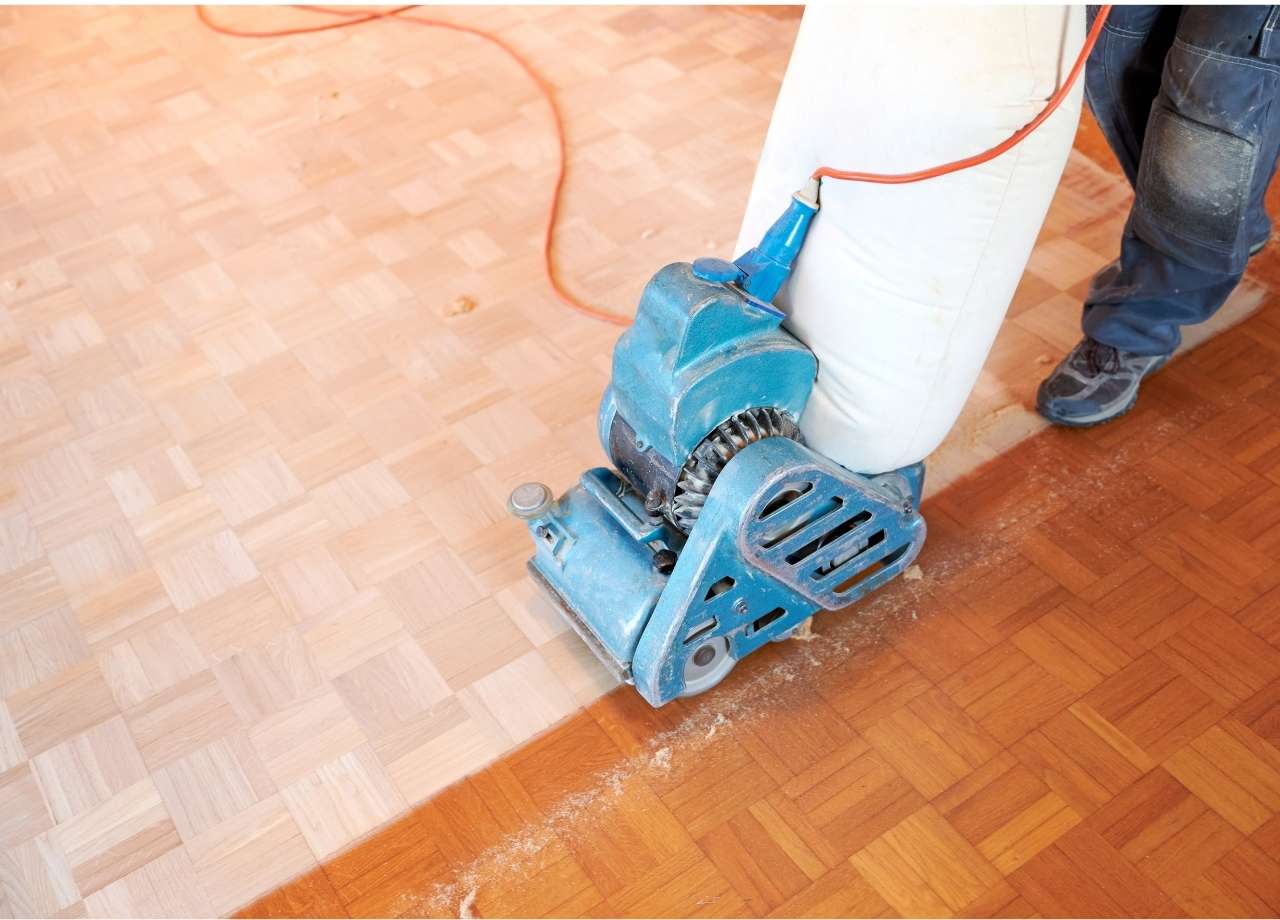Restoration work demands precision, efficiency, and reliability. Whether dealing with flood damage, fire residue, or structural repair after a storm, the right tools make a measurable difference in both the speed and quality of the results. At First Coast Contracting, our crews in Jacksonville, St. Augustine, and the surrounding areas rely on decades of combined experience and a full suite of professional-grade equipment to return homes to their best shape. Here’s a detailed look at the tools that make that possible.
Table of Contents
Moisture Detection Tools
Water is sneaky. It gets into drywall, insulation, subfloors, and wall cavities where you can’t see it. That’s why moisture meters and thermal imaging cameras are some of the first tools used during an inspection.
Moisture meters come in pin-type and pinless varieties. Pin-type meters measure conductivity between two probes, giving precise moisture levels at a specific point. Pinless meters scan larger areas faster without leaving puncture marks, which is useful for finished surfaces. Thermal cameras detect temperature differences that often indicate hidden water intrusion. These tools help restoration crews make informed decisions about what needs drying and what needs removal.
Demolition and Debris Removal Tools
Before rebuilding begins, damaged materials must go. Precision matters here too. Crowbars, reciprocating saws, hammer drills, and rotary hammers allow crews to remove drywall, subflooring, and framing quickly and with control.
Air scrubbers and HEPA vacuums are also part of this stage. They capture airborne particles like mold spores, drywall dust, or smoke residue stirred up during demolition. Industrial-grade vacuums with true HEPA filters are standard for any serious restoration contractor.
Drying Equipment
After water damage, speed is essential. The longer materials stay wet, the higher the risk of mold and permanent damage. High-capacity air movers, axial fans, and dehumidifiers are the workhorses of the drying phase.

Air movers create rapid airflow across surfaces to speed up evaporation. Axial fans push air more efficiently across large areas, while centrifugal air movers are more targeted. Low-grain refrigerant (LGR) dehumidifiers extract moisture from the air, reducing humidity to safe levels. Proper placement and sequencing of this equipment can mean the difference between saving a structure or rebuilding it.
Mold Remediation Tools
Once mold is discovered, specialized tools come into play. Negative air machines with HEPA filtration maintain safe air pressure and trap airborne spores. Ozone generators and hydroxyl machines are used to neutralize odors and break down microbial contamination. While ozone is effective, it requires caution and vacated spaces. Hydroxyl generators can be used safely in occupied areas.
Abrasive tools like soda blasters or dry ice blasting machines are used to remove mold from surfaces without damaging the underlying materials. These methods are particularly useful on wood framing, concrete, or brick. In confined spaces or crawl areas, foggers or ULV (ultra-low volume) sprayers distribute antimicrobial treatments evenly and efficiently.
Smoke and Soot Cleanup Tools
Fire damage leaves behind acidic soot and overpowering smoke odors. Restoration pros use dry sponges for initial surface cleaning, followed by chem sponges that absorb residue without smearing. HEPA vacuums are used again here to collect fine particles from upholstery and carpet.
Thermal foggers are crucial for odor control. They convert odor-neutralizing agents into a fog that penetrates porous materials, replicating how smoke spread in the first place. For heavily contaminated areas, ozone treatment is also used, followed by sealing solutions to encapsulate any remaining odor inside walls or subflooring.
Structural Repair and Rebuilding Tools
Once demolition, cleaning, and drying are complete, reconstruction begins. This phase involves traditional carpentry tools, but on a larger and more technical scale than typical remodeling. Framing nailers, laser levels, power saws, impact drivers, and dust-containment systems all help bring a damaged structure back to code.
Dust control during construction matters more than many realize. Air scrubbers, negative pressure systems, and zip wall barriers help prevent contamination from spreading to clean areas of the home. This is especially critical when homeowners are still occupying parts of the house during the rebuild.
Advanced Measurement and Estimating Tools
Modern restoration also involves high-tech tools for documentation and planning. Laser distance measurers, digital blueprints, and 3D scanning equipment help teams map damage, calculate material needs, and document progress. Many professionals now use mobile platforms to log photos, moisture readings, and equipment placement to keep projects transparent and on track.

Xactimate is a key software tool in this area. It’s used for estimating job costs and working with insurance carriers. Restoration teams that know how to document and communicate with adjusters using this platform often streamline the claims process for homeowners.
Safety Gear
Professional restoration crews never overlook PPE. Respirators, Tyvek suits, nitrile gloves, and steel-toed boots are essential—not optional. With hazards ranging from mold spores to structural instability, every technician is trained to recognize when and how to protect themselves and others.
Beyond basic gear, restoration jobs often require specialized harnesses, fall arrest systems, and confined space monitors. These tools aren’t glamorous, but they’re what keep crews safe so the job gets done right.
Final Thoughts
Restoration work is a combination of skilled labor and the right equipment. It’s not just about tearing out drywall or running fans. It’s about knowing what tools to use, when to use them, and how to apply them to each unique situation. Homeowners dealing with property damage deserve a team that brings both experience and the best tools in the industry to the job.
At First Coast Contracting, we’re equipped for every phase of restoration, from water extraction to structural repair. We understand that every project is different, and we use the right tools—not just any tools—to make homes safe, dry, and livable again.


